
Published: Last Updated:
Readtime: 6 min
Every product is carefully selected by our editors and experts. If you buy from a link, we may earn a commission. Learn more. For more information on how we test products, click here.
- The Fujifilm GFX100RF is an enthusiast-level camera that comes packed with some fantastic features
- It does offer great on-device filtering options, as well as a lot of time-saving features for photographers to test new shot compositions
- The device isn’t super comfortable to hold for long periods of time though
As someone who works primarily as a cinematographer rather than a photographer, I was curious to see what the AUD$8,688 Fuji GFX100RF, an apparently revolutionary camera, was all about. I had the camera for just two weeks and, up to that point, had never really used a Fujifilm system.
Despite the short testing period, the experience was eye-opening.
It’d be remiss of me not to point out that this camera is one of Fuji’s most refined. The medium format (44x33mm) 102MP sensor is one of the best fixed lenses I’ve ever used at 35mm (28mm equiv) F4 with leaf shutter, a speedy subject autofocus and built-in ND filter. Compared to competitors, it’s smaller, cheap and potentially more enjoyable to use. It is lacking in a few areas, but we’ll get there.
I trialled the camera for video – a decision that in hindsight wasn’t optimal. The footage came out overly contrasty, and it didn’t blend well with my main cam, the Sony A7IV. Still, the exercise was valuable and gave me an appreciation for what the GFX is and isn’t built for. With 4k video up to 30fps, it isn’t a bad camera for video, but it definitely feels like something that was added to the camera ‘just cause’.
In short, this is a basic review of a very complex camera, approached from a filmmaker’s perspective. I spent a good portion of my time not just testing the specs, but answering: “what does that actually mean to me, a novice photographer?”
Tech Specs
| Brand | Fujifilm |
| Model | GFX100RF |
| Type | Medium Format Digital Camera |
| Image Sensor | 43.8mm x 32.9mm |
| Effective Pixels | 102 million pixels |
| Image Processing Engine | X-Processor 5 |
| Battery | Fujifilm Li-ion Battery NP-W235 (included) |
| Battery Life | Approx. 820 shots |
| Weight | 735g |
| Price | AUD$8,688 |
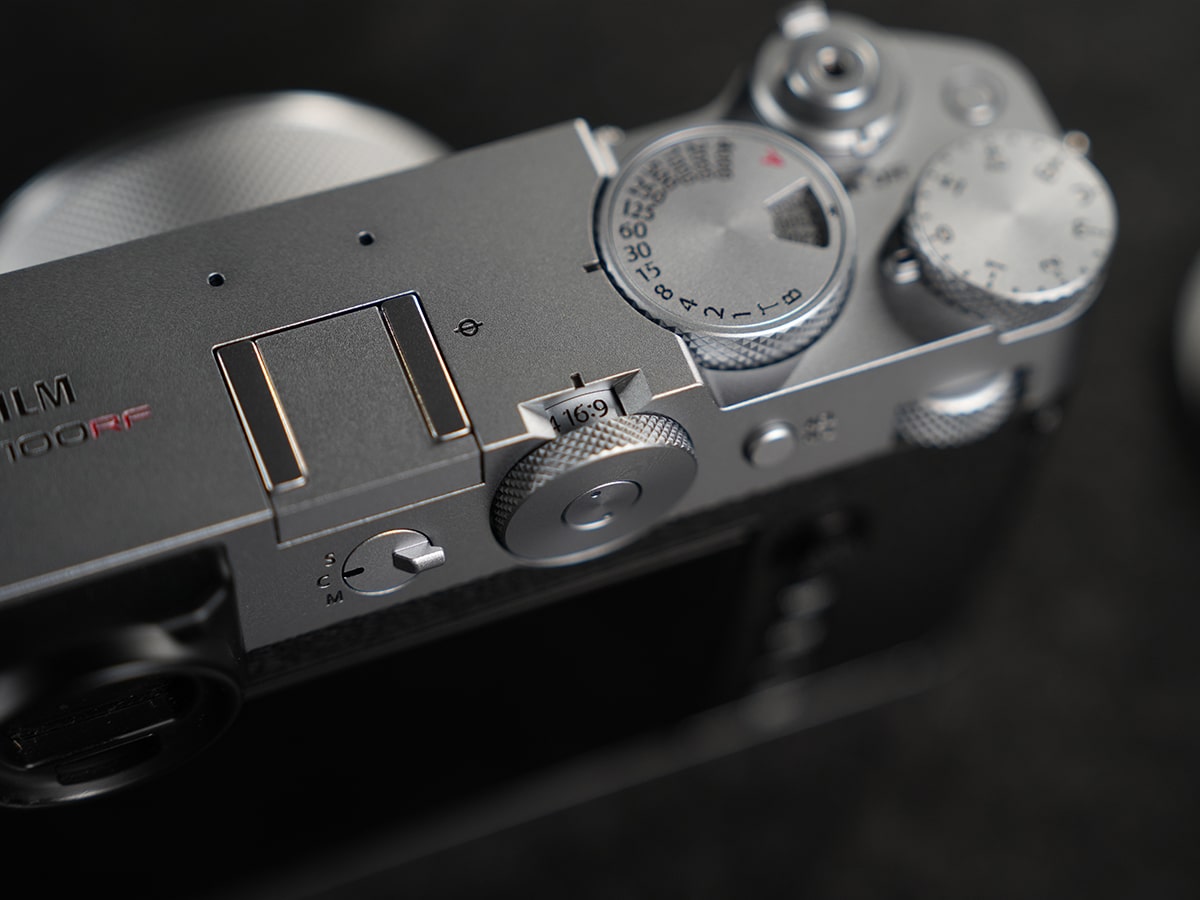
The Good: Innovative Ways to Make Photography More Exciting
Aspect Ratio Dial
I absolutely love that the Fuji GFX100RF has a physical aspect ratio dial above the screen – rare to have something that changes the aspect ratio at all, a hark back to old film cameras. And not just having it in the menu, but being able to physically change it on a dial is next level satisfying. It’s not just a novelty though, and forces you to compose more intentionally and creatively.
It also offers nine crop options and gives live previews in a few ways: through black borders, bounding boxes, or translucent overlays. And if you change your mind? The camera saves the full RAW file underneath, so you can revert or reprocess later: a trick the Fuji keeps using through its feature-set, and which I grew to love for how easily it allowed me to experiment.
Crop Zoom
This feature was surprisingly useful. One push of the crop zoom lever effectively turns your lens into a “full-frame” camera with a 35mm equivalent (at f/4). While you lose some image quality with the deeper crops, the ability to previsualise different focal lengths without swapping lenses was both practical and creatively inspiring.
Again, the RAW remains untouched, which means JPEG previews become ways to rethink shot composition and new ideas without going through the ritual of swapping bits and pieces out, one by one. It genuinely sped up the process, which was a welcome boon.
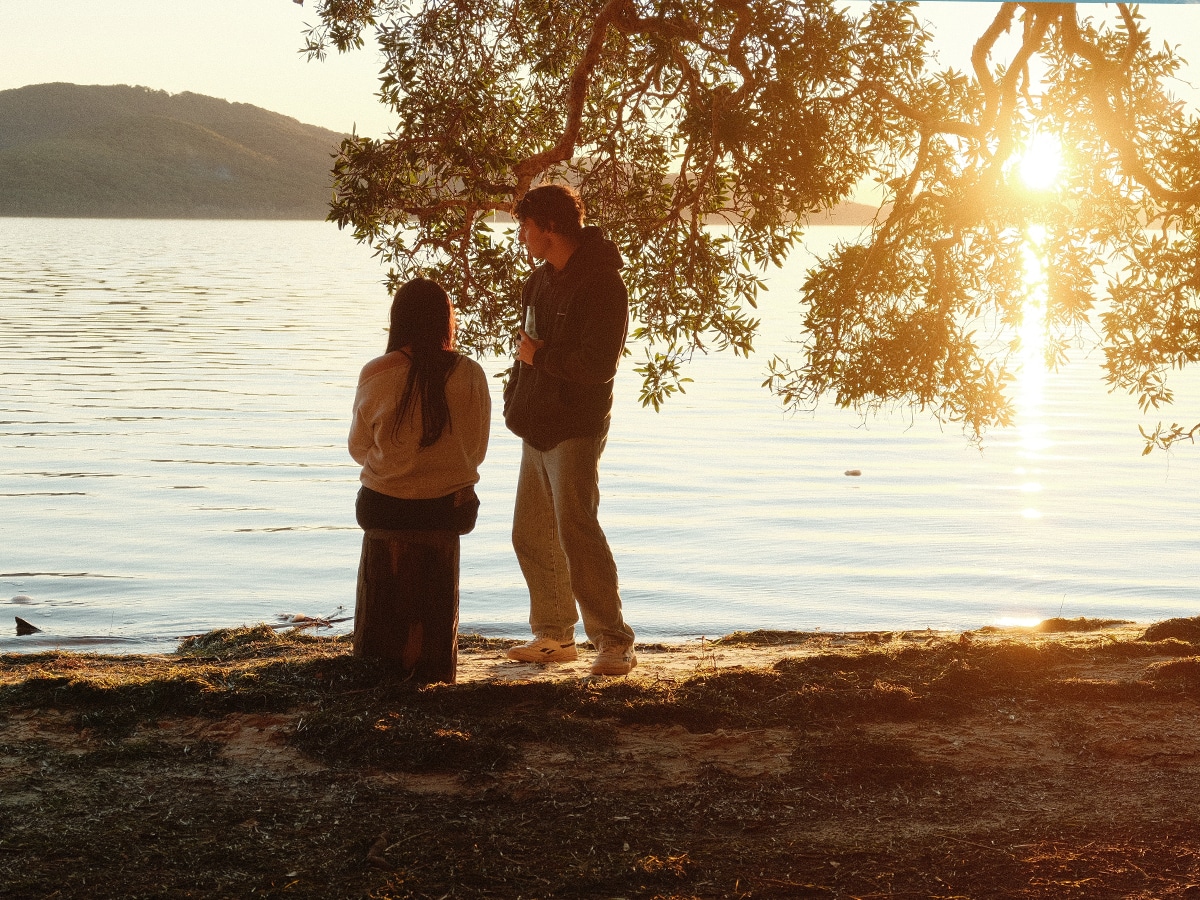
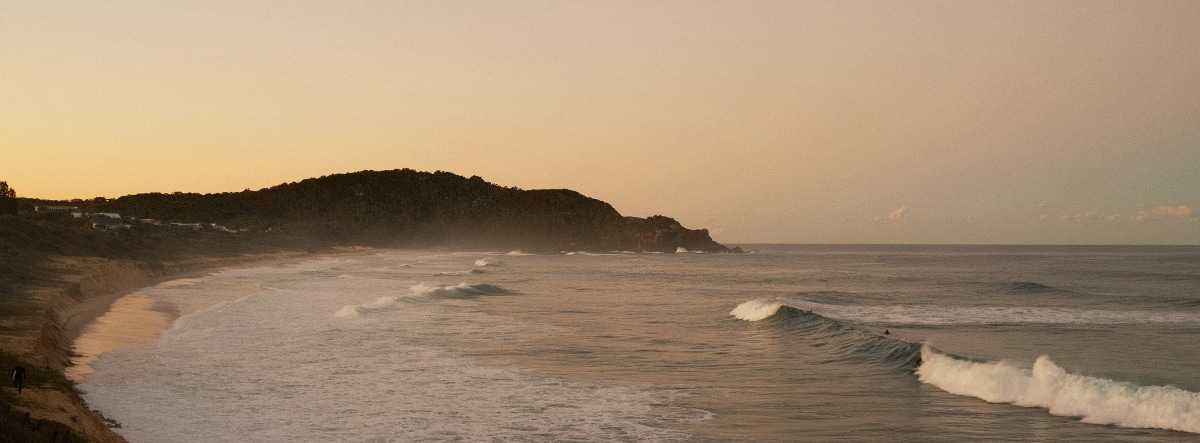
ND Filter and Film Simulation
Though video isn’t the GFX100RF’s strong suit, I appreciated the built-in 4-stop ND filter, a big plus for anyone coming from the video world. As someone who also hasn’t played around a tonne with Fuji’s film simulation modes… I can wholeheartedly say because of this, I am now a Fuji convert.
The GFX100RF comes stock with 20 ‘film simulation’ modes, which effectively allow you to recreate certain types of Fujifilm film stocks. If you want something to look like it was shot on Classic film, or on the new REALA ACE style, which is based on Fuji’s colour-negative film, there’s a setting for that.
You can also make your own simulation settings, which I played around with to make my own “recipes” and was really happy with the results overall. As someone who does not enjoy editing my photos, this unlocked the ability to create striking and unique images without spending ages behind my laptop.
Considering this was my first time using these modes, I chose a pretty good camera to start with it. The extremely high quality output gave me free reign to play, and make mistakes.
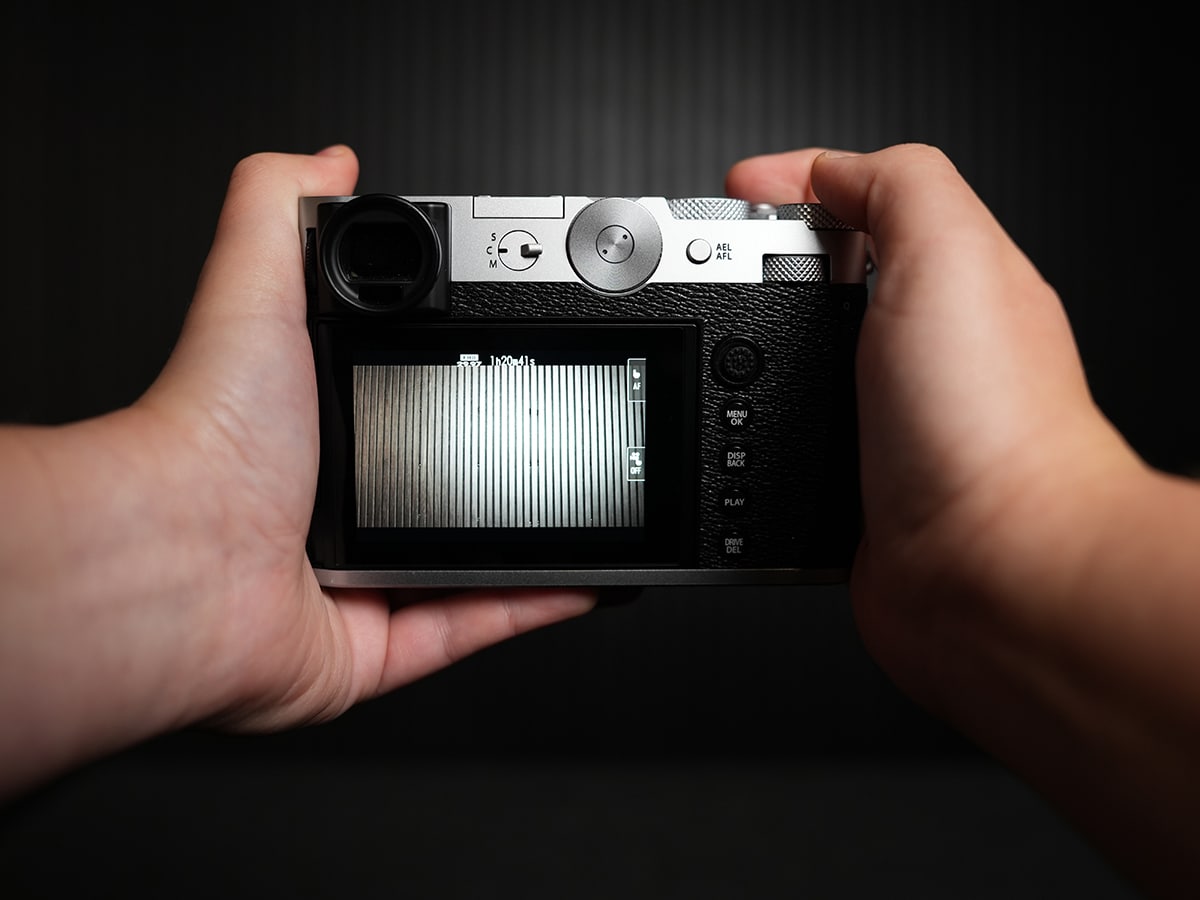
The Bad: Practical World Oversights
Build & Handling
The GFX100RF body is not the most comfortable to hold, it’s a little too flat. And its size, while small for its category, is still not quite small enough to forget about. Plus, adding the lens hood with its adapter adds a good amount of depth to the thing. Considering this would be mainly a travel cam for people, that isn’t great. It is definitely stylish, but sometimes practicality has to come before that.
In-Body Stabilisation
In my experience, while the Fuji has some great in-body stabilisation, I think the Leica Q3 wins out here. That camera features some impressive optical image stablisation that does a good job at minimising camera shake, which the Fuji doesn’t quite manage to compete with… Maybe it’s because I pushed it too hard in low light without a tripod for stability.
To be fair, it is quite a bit better than others in its price range, with the Leica coming in at about AUD$11,000.
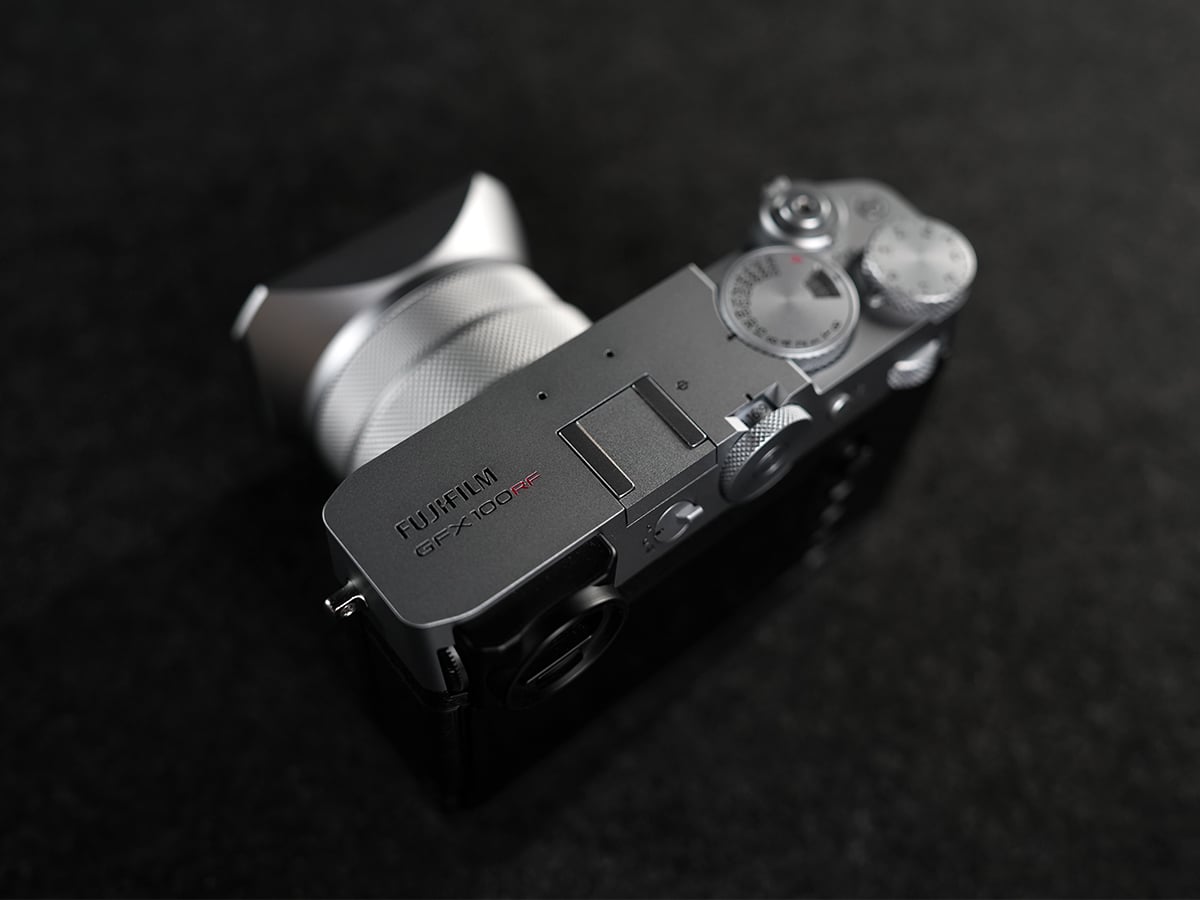
Man of Many’s Final Verdict
The Fuji GFX100RF is a deeply inspiring creative tool that has users in mind from the get-go. High image quality, aspect ratio dial, crop zooms and its renowned film simulations make this camera worth buying for anyone deep into the hobby.
Are there better medium format cameras? Yes, but at much higher price points, which isn’t necessarily what budding or intermediate photographers like myself are looking for. It’s the easiest camera I’ve ever used, and created some of the most impressive shots I’ve ever taken.
DISCLAIMER: The author of this post, Beatrix Boon, was temporarily provided a Fujifilm GFX100RF model for the purpose of this review. All reviews remain independent and objective. For more information on how we test products, view our editorial guidelines here.




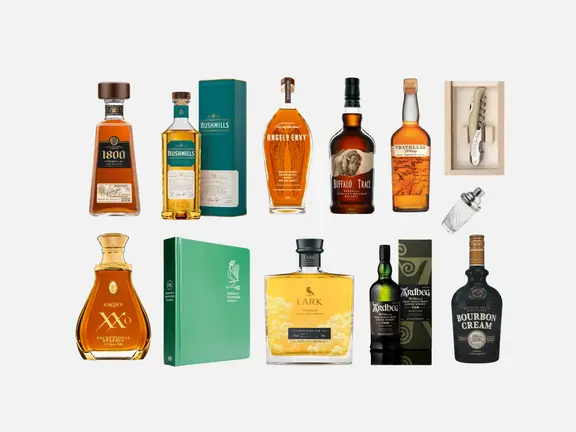



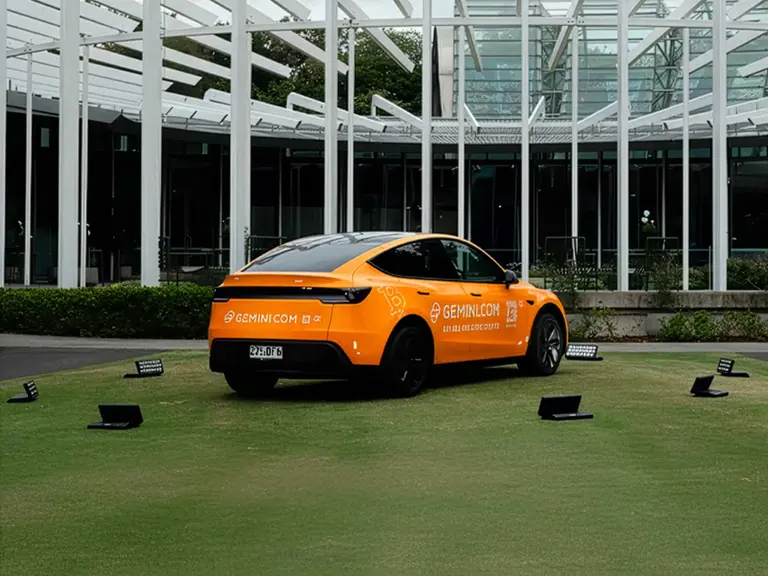
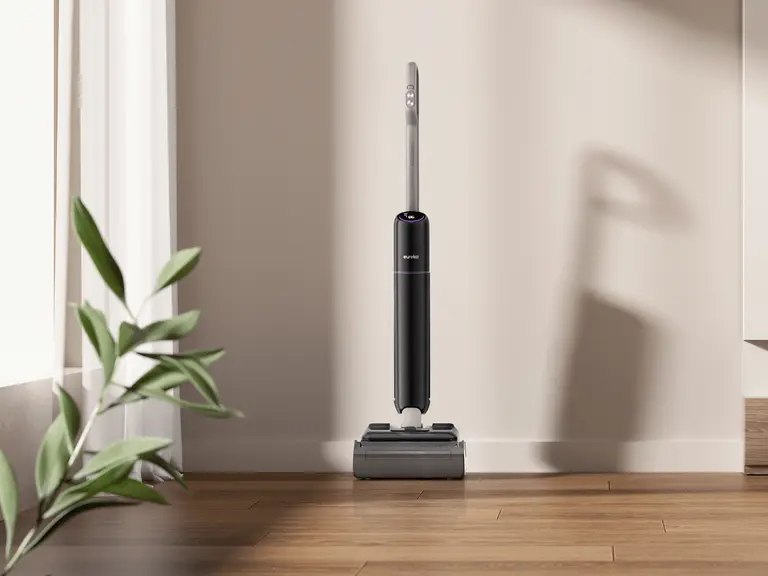



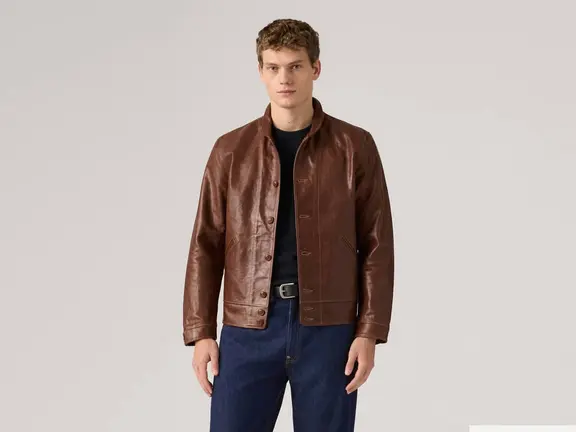



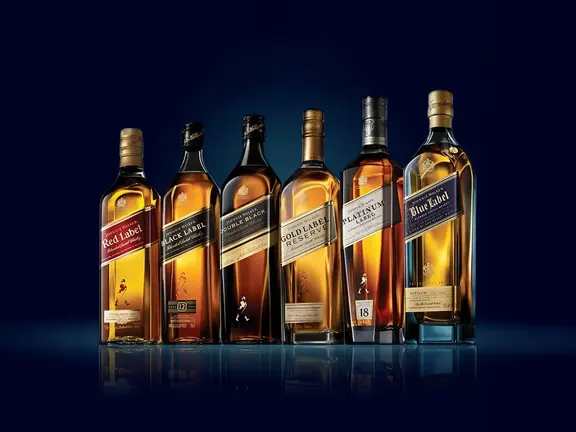
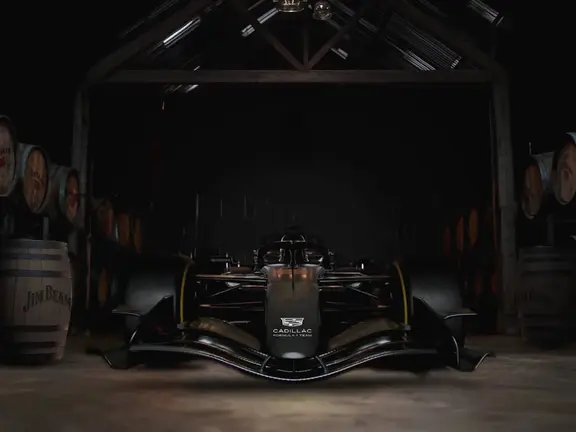

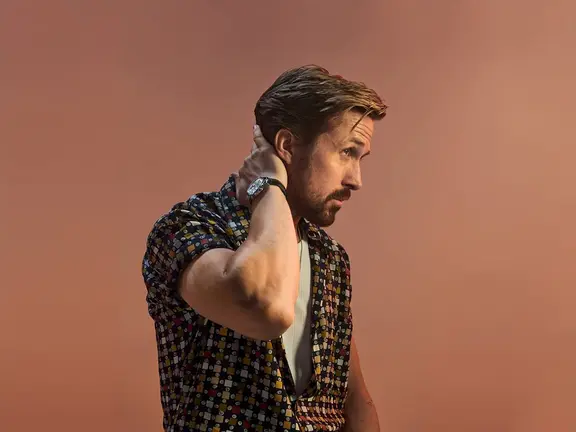



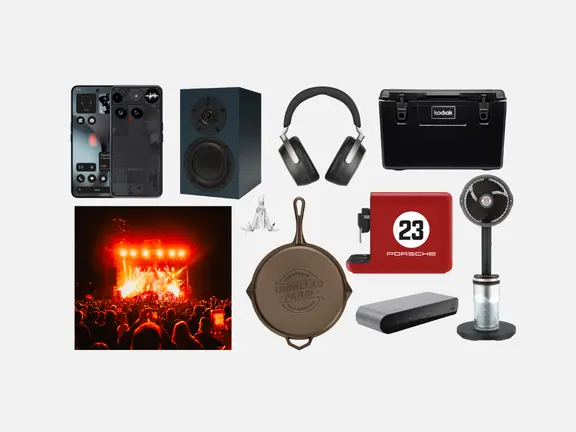



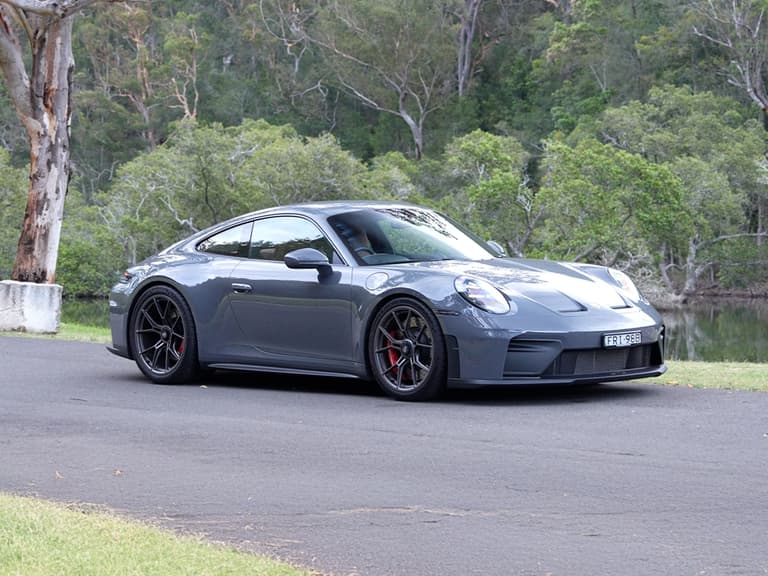

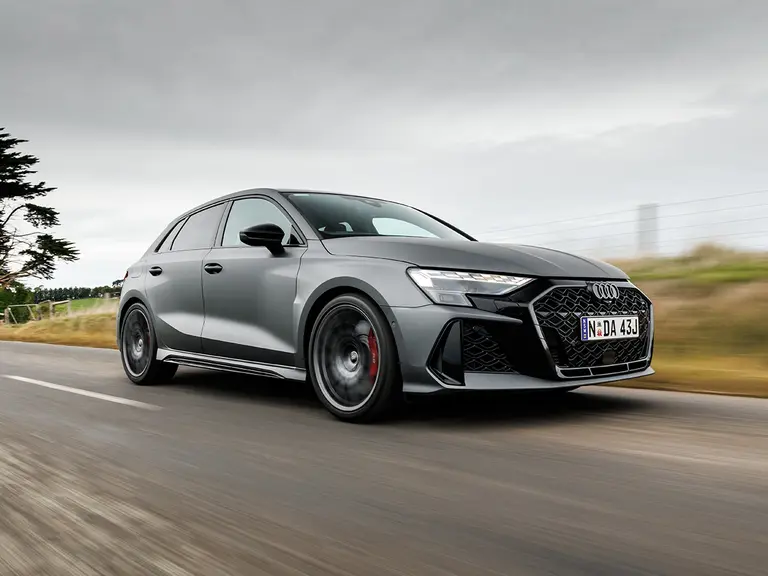
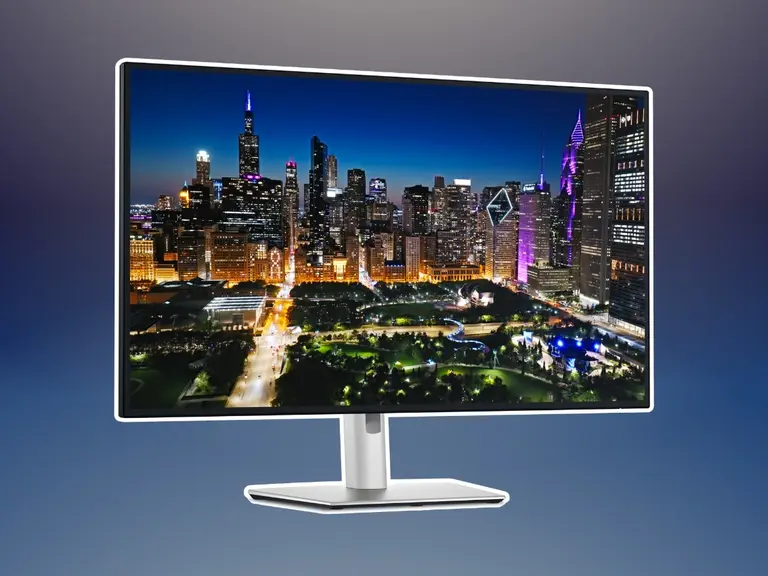
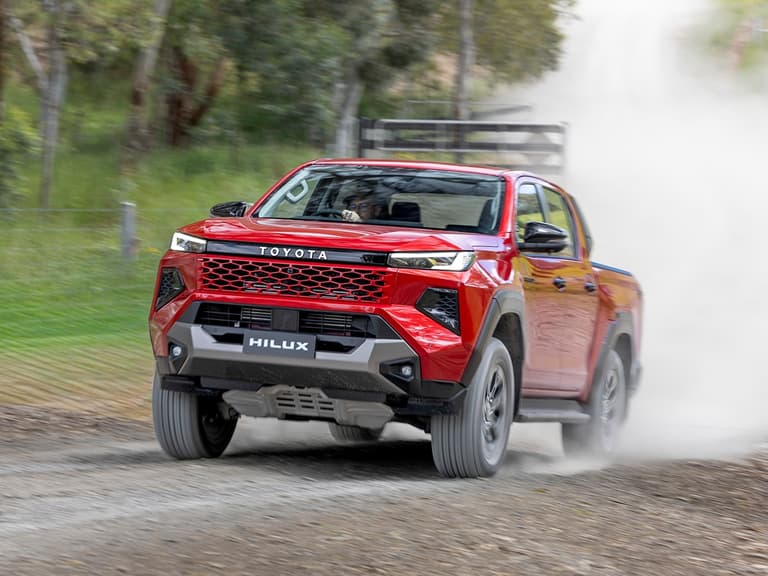
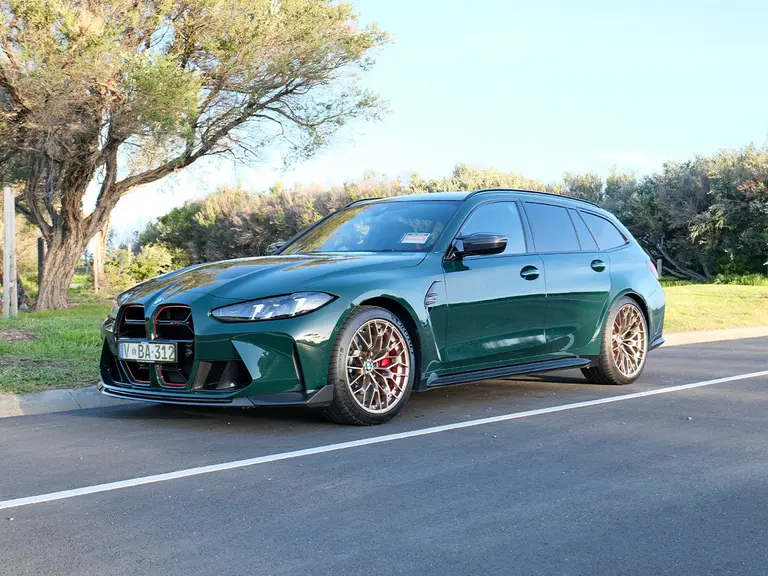
Comments
We love hearing from you. or to leave a comment.